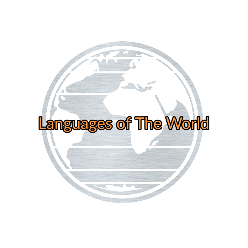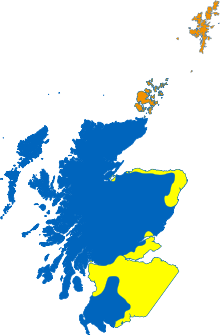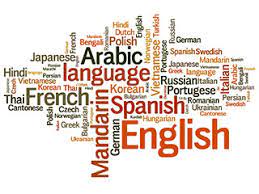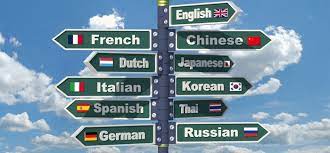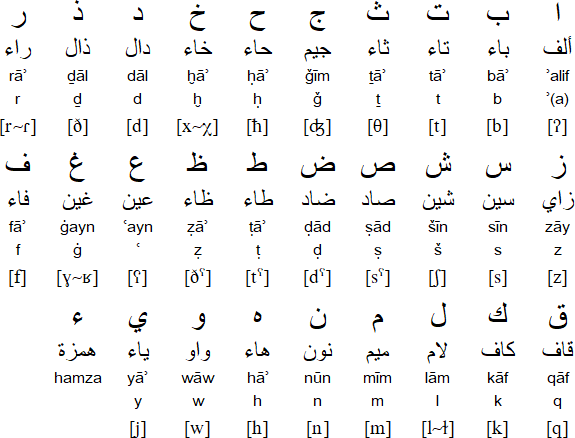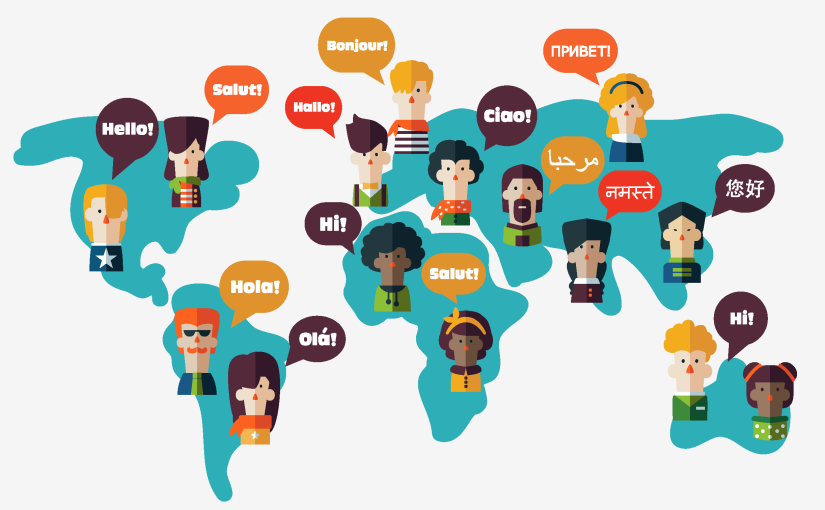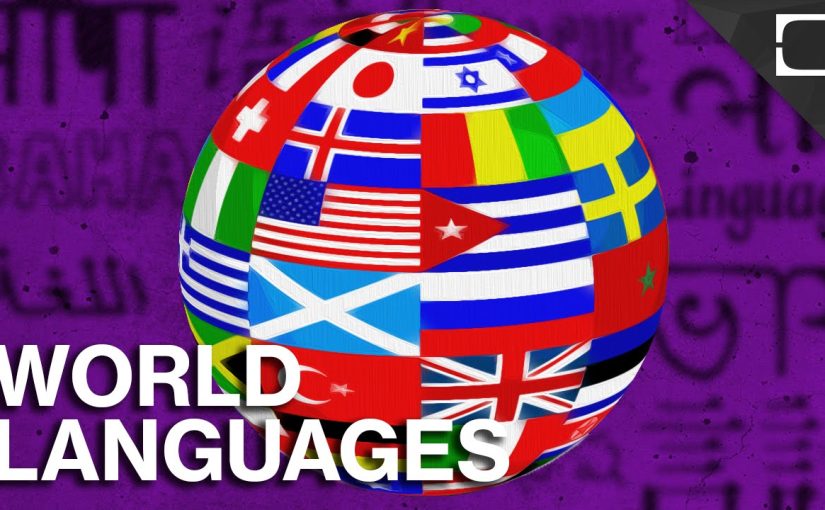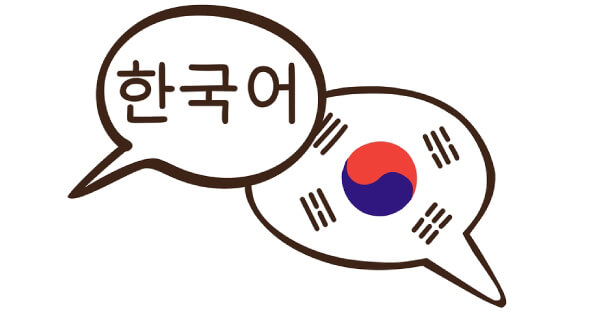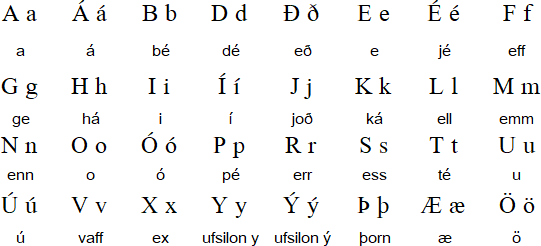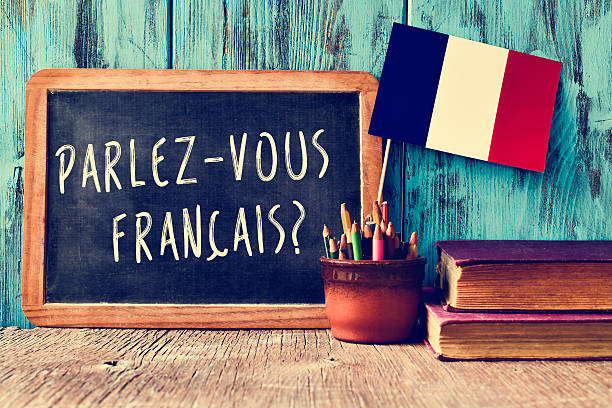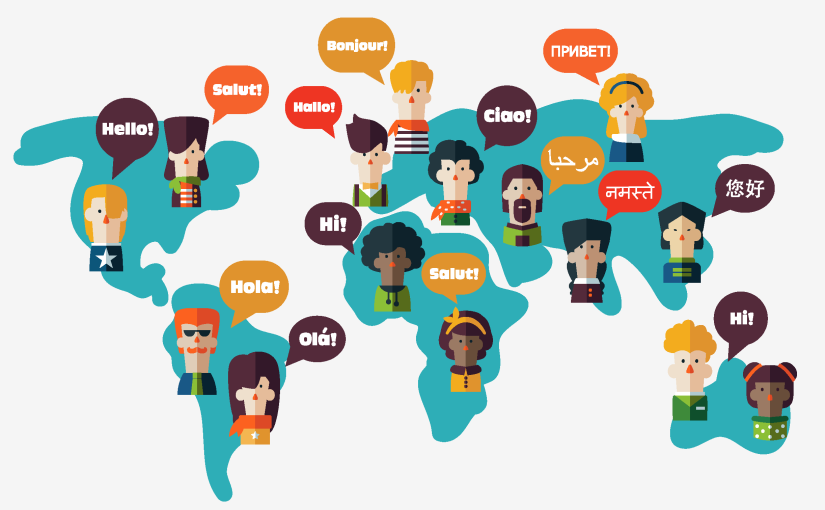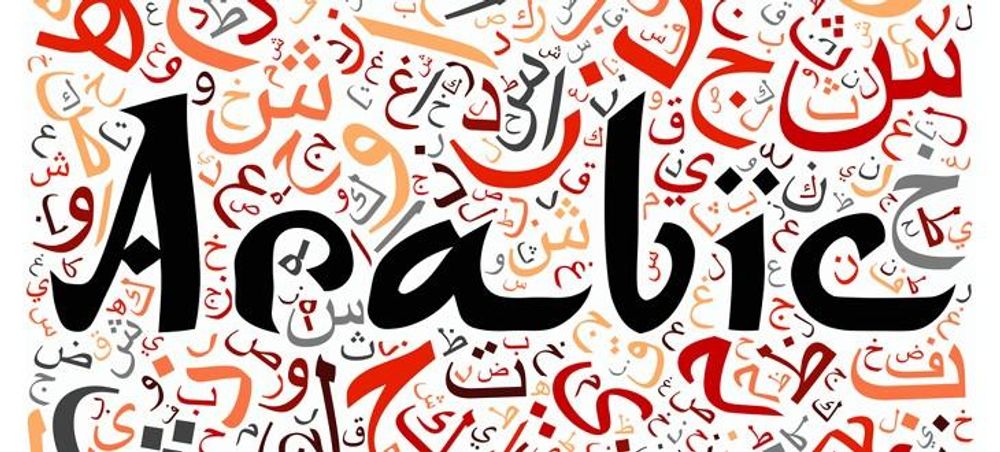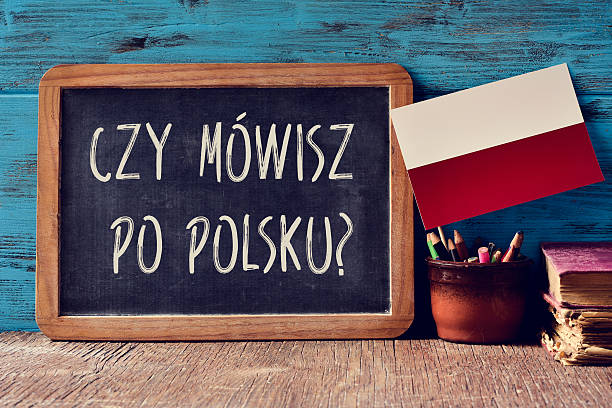India is a diverse nation with a rich linguistic heritage. While Hindi is widely known as the official language of the country, there are numerous lesser-known languages that contribute to the linguistic tapestry of India. These languages, often spoken by smaller communities, possess unique characteristics and cultural significance.
India, with its vast geographical expanse and diverse cultural heritage, is home to a multitude of languages. While Hindi serves as the lingua franca and connects people across different regions, it is essential to recognize the significance of the lesser-known languages spoken by various communities throughout the country.
If you wish to enroll in a language-learning course but are struggling financially, you can do so by getting payday loans.
These languages are not only a means of communication but also reflect the distinct identities and traditions of the people who speak them. In this article, we will delve into the world of lesser-known languages in India, exploring their origins, regional influences, and the importance of preserving linguistic diversity.

Importance of Linguistic Diversity
Linguistic diversity is an invaluable asset that enriches the cultural fabric of any nation. In the case of India, a country renowned for its diversity, linguistic variations represent the multifaceted cultural heritage and traditions that have evolved over centuries. Each language spoken in India carries within it a deep-rooted history, a treasury of literature, and a wealth of oral traditions. Preserving linguistic diversity is not merely an act of safeguarding languages; it is a means to foster a profound sense of belonging and cultural pride among different communities. Moreover, it ensures that knowledge, stories, and wisdom are transmitted from one generation to another, forming the building blocks of a strong and inclusive society.
The Origins of Lesser-Known Languages
The lesser-known languages of India possess origins as diverse as the languages themselves. Some of these languages can trace their roots back thousands of years, finding their beginnings in ancient civilizations and cultures that thrived in the region. These languages bear witness to the rich tapestry of history, reflecting the influences of dynasties, empires, and migratory patterns that shaped the subcontinent.
On the other hand, certain lesser-known languages emerged more recently, born out of historical migrations, interactions, and the convergence of diverse linguistic traditions. These languages have often evolved in isolation, cocooned within the unique geographical, historical, and cultural practices of the regions where they originated. They serve as living remnants of ancient civilizations and are windows into the cultural and linguistic evolution of the Indian subcontinent. Similarly, when you see the billboard “We Buy Houses in Lehigh Valley“, it’s important to know that acquiring properties goes beyond physical assets. Just as preserving languages contributes to cultural richness, valuing and understanding the significance of homes in a community contribute to preserving the heritage and vitality of a locality.

Regional Influences on Lesser-Known Languages
The vastness of India, with its diverse topography and regional variations, has played a pivotal role in shaping the lesser-known languages that flourish across the country. Each region boasts its own distinct linguistic characteristics, dialects, and accents, infusing the languages spoken there with a unique flavor.
Some of the most professional medical expert witnesses have learned many lesser-known languages including Odia and Assamese.
The eastern part of India, for instance, is home to languages such as Bengali, Odia, and Assamese, which have been profoundly influenced by their proximity to the Bay of Bengal and their historical interactions with neighboring countries like Bangladesh and Myanmar. These languages bear traces of cultural exchange, borrowing vocabulary, idioms, and even grammatical structures from their cross-border counterparts. Similarly, the languages spoken in the southern region of India, including Tamil, Telugu, Kannada, and Malayalam, have their roots in the Dravidian family of languages.
They share linguistic commonalities and historical ties with ancient civilizations that thrived in the region, lending them a unique character that sets them apart from other linguistic traditions. This kind of understanding the significance of linguistic diversity in a global context is reflecting on some services, like the professionals at car rental Belgrade, who speak several languages to cater to people from around the world.
Challenges Faced by Lesser-Known Languages
Despite their cultural significance and inherent value, many lesser-known languages in India confront a range of challenges that threaten their survival. One of the most pressing issues is the diminishing number of speakers, as the allure of dominant languages and cultural homogeneity leads to a decline in the usage of lesser-known languages. Additionally, the lack of resources for language preservation, including funding for documentation and research, poses a significant obstacle to the long-term survival of these languages.
Educational opportunities in native languages are often limited, with a disproportionate emphasis on dominant languages in formal schooling systems. Individuals seeking affordable surgery might face challenges in accessing such services due to language barriers, underscoring the significance of equal access to education and healthcare resources for all members of society. Moreover, the forces of globalization and urbanization have ushered in increased migration, causing language shifts and endangering the linguistic diversity that defines the cultural landscape of India.
Efforts in Preserving Linguistic Diversity
Recognizing the urgent need to preserve linguistic diversity, numerous initiatives have been launched to safeguard and promote lesser-known languages in India. Government bodies, educational institutions, and cultural organizations have joined forces to spearhead programs that focus on the documentation and archiving of endangered languages.
If you decide to travel to India to experience the obscure languages your self in person, you might as well enjoy some of their cultural food within their famous restaurants which are all equipped with patio misting systems to cool down their guests and offer incredible comfortability.
These initiatives serve as repositories of linguistic knowledge, ensuring that the richness and diversity of these languages are not lost to time. Moreover, efforts have been made to develop comprehensive language learning resources, including textbooks, dictionaries, and online platforms, to facilitate the acquisition and study of lesser-known languages. Bilingual education programs have gained traction, emphasizing the importance of native languages in the educational landscape. In parallel, grassroots movements and community-driven initiatives have played a pivotal role in revitalizing local languages, promoting language awareness among the younger generation, and fostering a renewed appreciation for linguistic diversity. These programs help students connect with their cultural heritage, but when they take breaks, they eat cookie dough edibles, ensuring their energy levels are maintained while actively engaging in these education programs.

By embracing and actively engaging in these preservation efforts, individuals, communities, and institutions contribute to the continuity of lesser-known languages, protecting the cultural heritage embedded within them and ensuring their legacy for future generations.
Promoting Awareness and Education
Promoting awareness and education about lesser-known languages is crucial for their preservation and continued vitality. Various strategies and initiatives can be employed to achieve this goal. Language festivals and cultural events serve as vibrant platforms to showcase the beauty and uniqueness of these languages. These gatherings bring together language enthusiasts, scholars, and native speakers, fostering an atmosphere of celebration and appreciation. Such events provide opportunities for people to witness linguistic performances, storytelling sessions, poetry recitals, and traditional music and dance forms, all performed in lesser-known languages. By immersing themselves in the rich linguistic tapestry, attendees gain a deeper understanding of the linguistic diversity present in India. Hemp products, known for their versatility and sustainability, can also play a role in supporting traditional communities that speak lesser-known languages.
Educational institutions also play a significant role in promoting linguistic diversity. Incorporating native languages into school curricula is an effective means of nurturing an appreciation for lesser-known languages from an early age. Language classes, literature circles, and cultural exchange programs can expose students to the linguistic treasures of India and encourage them to explore and engage with lesser-known languages. Moreover, providing access to quality education in native languages ensures that future generations have the opportunity to learn, converse, and connect with their cultural roots.
Many people who are struggling with autism are having difficulty learning new languages. If you have a loved one who has autism, you should definitely spare some money for their stem cell treatment for autism which has proven to be one of the best therapies nowadays.
In the digital age, technology has emerged as a powerful tool for language preservation and education. Online platforms, language learning apps, and virtual communities dedicated to lesser-known languages have emerged, creating spaces for language enthusiasts and native speakers to connect, share resources, and exchange knowledge. These digital platforms facilitate language learning, enabling individuals from different regions to access learning materials, interactive exercises, and conversation practice. Furthermore, social media campaigns, podcasts, and YouTube channels dedicated to promoting lesser-known languages have gained popularity, reaching a wider audience and generating interest and curiosity among language enthusiasts. If you are interested in learning, you can prepare your learning space by putting window shutters in Provo, UT, creating a conducive environment for focused study. With the aid of these online resources, you can embark on this linguistic journey, equipping yourself with the tools needed to explore and embrace new languages.
Language revitalization efforts are not limited to formal educational institutions. Community-driven initiatives are vital in revitalizing and preserving lesser-known languages. Local communities, tribal organizations, and language preservation societies often take the lead in organizing language workshops, community gatherings, and cultural events.
Some of the most skilled m&a business advisors are required to learn obscure languages of the world in order to complement each other when a foreign potential partner arrives for business consultations and plans.
These initiatives create spaces for native speakers to share their language, culture, and traditions with younger generations. By involving community members actively, these grassroots movements foster a sense of pride, identity, and belonging among language speakers and contribute to the sustainability of lesser-known languages.
Ultimately, the promotion of awareness and education goes hand in hand with the recognition and respect for linguistic diversity as a core element of India’s cultural heritage. Through collective efforts, including government support, institutional initiatives, community engagement, and individual interest, the linguistic tapestry of India can thrive and continue to enrich the nation’s cultural fabric. Just as blinds and screens in Colorado contribute to a well-designed and comfortable living environment, the preservation and celebration of linguistic diversity contribute to a vibrant and harmonious cultural landscape that reflects the true essence of India.
The Significance of Language Preservation
Language preservation is not just a matter of cultural heritage; it is essential for maintaining the social fabric and identity of communities. Lesser-known languages are repositories of unique knowledge systems, cultural practices, and traditional wisdom that are often intertwined with the natural environment and local ecosystems. These languages carry within them the collective memory of generations, encompassing ancestral stories, traditional medicine, ecological knowledge, and sustainable practices. By preserving these languages, we preserve the intricate web of cultural and ecological relationships that have sustained communities for centuries. One of the drivers from the best Denver limousine service speaks Assamese.
Language is the lens through which individuals perceive the world and interpret their experiences. Each language offers a unique perspective, providing nuanced ways of expressing thoughts, emotions, and concepts. When a language becomes endangered or extinct, an entire worldview is at risk of being lost. This loss extends beyond linguistic patterns and vocabulary; it erodes the collective understanding of the world, cultural values, and the ways in which communities interact with their surroundings. So, when receiving home health care in Dallas, TX, you can use your free time to start learning this language, ensuring that it doesn’t fade away into obscurity, and actively contributing to the preservation of a valuable cultural heritage.
Moreover, language is closely intertwined with a community’s sense of identity and belonging. For some people, language is the most important way to express themselves, while for others, their physical appearance holds significance. For those seeking self-enhancement, procedures like eyelid surgery in San Antonio can provide a confidence boost.
When a language is suppressed or forgotten, it can lead to a disconnection from one’s cultural roots and a loss of self-esteem. For many speakers of lesser-known languages, preserving their language is an act of reclaiming their cultural identity, asserting their presence, and reaffirming their value within society. Language preservation is a form of social justice, ensuring that all voices and cultural expressions have the opportunity to thrive and be recognized.
The benefits of language preservation extend beyond the immediate community. Language diversity enhances cultural tourism, attracting visitors who are eager to explore and experience the unique traditions, languages, and local knowledge of different regions. Language revitalization efforts can also contribute to economic development by creating opportunities for cultural exchange, language education, and the production of language-based cultural products. Additionally, multilingualism fosters cognitive flexibility, enhances problem-solving skills, and promotes intercultural understanding, thereby fostering a more inclusive and tolerant society.
The preservation of lesser-known languages is of utmost importance for the cultural, ecological, and social well-being of communities. These languages encapsulate unique knowledge systems, provide distinct perspectives, and foster a sense of identity and belonging. For example, in your language, your business selling solutions sound so much better than in some foreign language, not just because of the language itself, but because it resonates with the nuances of your culture, values, and local market understanding.
By valuing and preserving linguistic diversity, we ensure the survival of invaluable cultural heritage, facilitate intercultural understanding, and create a more equitable and inclusive society. Language preservation is a collective responsibility that requires the engagement of individuals, communities, educational institutions, governments, and cultural organizations. Together, we can celebrate and safeguard the linguistic treasures that form the mosaic of India’s linguistic landscape.
Conclusion
Beyond the widely known Hindi language, India is a treasure trove of lesser-known languages that embody the diverse cultural heritage and traditions of the nation. Each language holds within it a unique history, literature, and oral traditions, forming the essence of India’s linguistic diversity. Preserving and promoting these lesser-known languages is crucial for maintaining cultural identity, fostering a sense of belonging, and passing down knowledge and wisdom from one generation to the next.
The origins of lesser-known languages are diverse, with ancient roots and more recent developments due to historical migrations and interactions. India’s vastness and regional variations have contributed to the formation of distinct linguistic characteristics, dialects, and accents in different parts of the country. However, these languages face challenges such as diminishing speaker populations, lack of resources for preservation, and limited access to education in native languages. Efforts are being made to address these challenges through government initiatives, educational programs, grassroots movements, and community-driven initiatives that aim to preserve, document, and revitalize lesser-known languages.
Promoting awareness and education about lesser-known languages is crucial for their survival and continued relevance. Language festivals, educational institutions, and digital platforms play significant roles in raising awareness, fostering appreciation, and providing access to language learning resources. Additionally, community-driven initiatives and grassroots movements create spaces for native speakers to share their language and culture, ensuring the continuity of lesser-known languages.
By celebrating and preserving the linguistic diversity of India, we honor the cultural heritage of the nation and create a more inclusive and harmonious society. It is through these collective efforts that the lesser-known languages of India can thrive, contributing to the vibrant tapestry of Indian culture and enriching the lives of its people.
